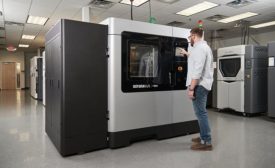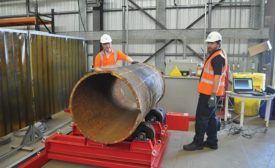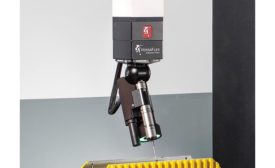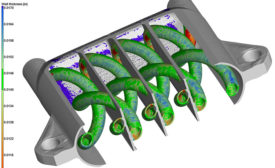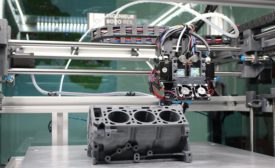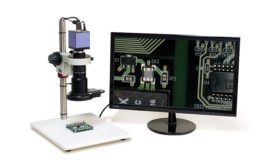Home » 3D printing/additive manufacturing
Articles Tagged with ''3D printing/additive manufacturing''
Test & Inspection
Applying quality control measures to additive technologies requires a holistic approach.
Read More
NDT and Industry 4.0
How Industry 4.0 is affecting NDT in manufacturing, and a brief look into different technologies that affect NDT.
April 1, 2019
Additive Grows from Prototypes to Production Parts
Data collection and quality elevate additive manufacturing to the factory floor.
January 8, 2019
Reviving Legacy Parts through Reverse Engineering & 3D Scanning
Reverse engineering and quality control will continue to be growing applications for 3D scanning technology, along with newer opportunities in virtual and augmented reality.
November 1, 2018
Multisensor: Make It Part of the Process
Advanced multisensor measurement systems can become an integral part of an Industry 4.0 process at any level.
October 1, 2018
Industrial CT for Use in Additive Manufacturing Inspection
New part designs that would be impossible with traditional machining methods require new measurement tools.
August 1, 2018
Additive Manufacturing Standards Aim to Keep Pace with Technology
ASTM launches Additive Manufacturing Center of Excellence with industry partners.
August 1, 2018
Stay in the know with Quality’s comprehensive coverage of
the manufacturing and metrology industries.
eNewsletter | Website | eMagazine
JOIN TODAY!Copyright ©2024. All Rights Reserved BNP Media.
Design, CMS, Hosting & Web Development :: ePublishing



